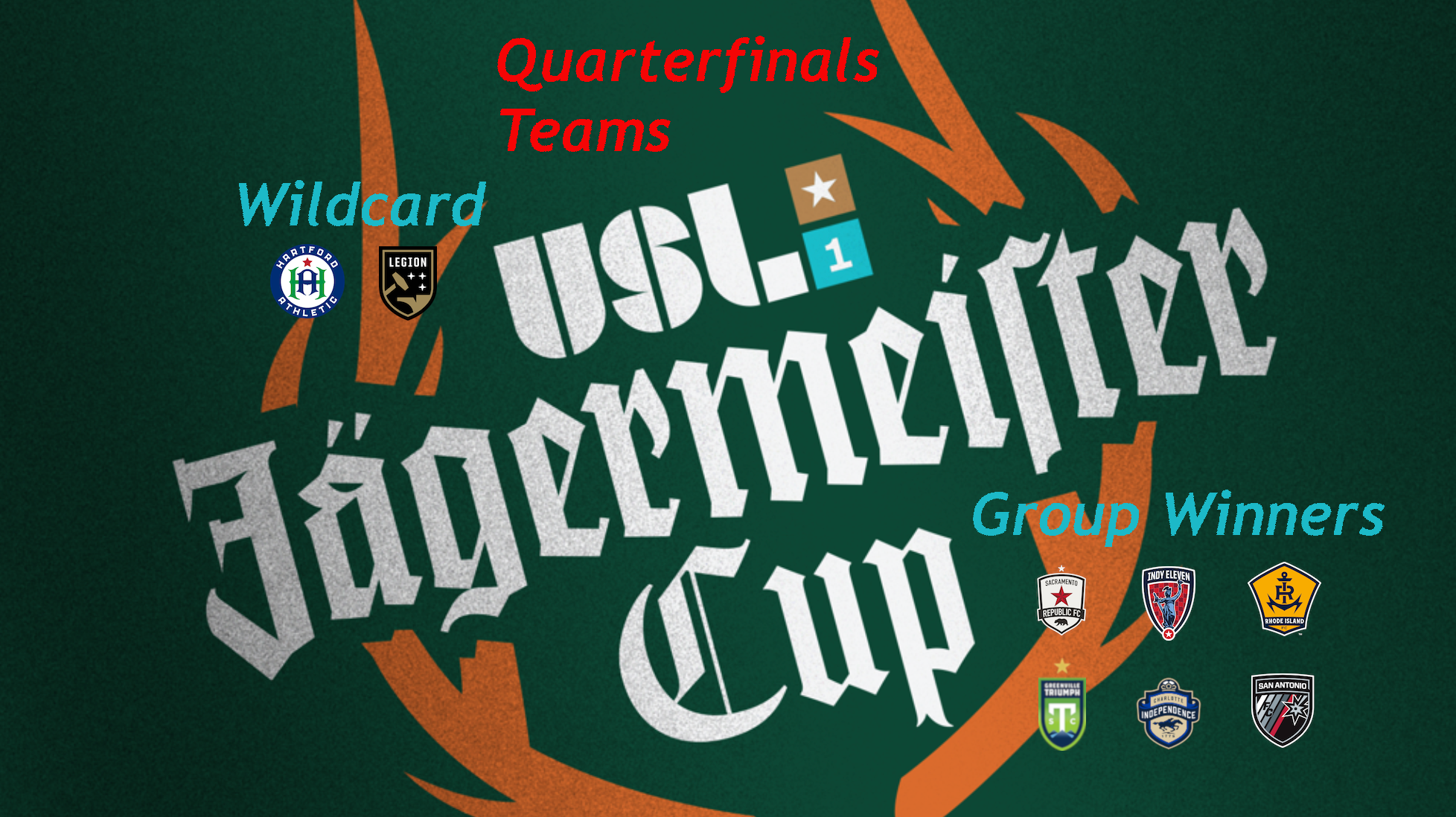This CONCACAF-inspired revenue maker (cough, tournament) began back in 2019. Honestly, its format changes more often than a fashion model in a runway show, so I can’t really go into the history and tell you anything really interesting.
In 2025, the top 18 MLS clubs (as determined by Supporter Shield rankings) and all 18 Liga MX teams are included. The teams were stack ranked and placed into “eastern” and “western” groups, further divided into three “tiers”. Within each regional group, six different “sets” were formed. Each “set” contains three MLS and LigaMX teams. Group stage qualification consists of four games, with a team from one league playing all three matches against the opposing league. So, MLS clubs will only play Liga MX, and vice versa.
Clear as mud, right?
A Tight Window
Like other summer tournaments, the Leagues Cup plays out over a month. This means a compacted period where squads play a number of matches with limited recovery time. Here’s the fixture list:
Group Stage Matchday 1 – July 29-31
Group Stage Matchday 2 – August 1-3
Group Stage Matchday 3 – August 5-7
You’re reading that correctly, all three group stage games are played within eight days.
How You Advance
Just like the Jägermeister Cup, games that end regulation level go immediately to a penalty shootout. A regulation winner earns three points, a shootout winner collects two points, the shootout loser a single point and a regulation loss is zero.
But here’s where it gets really fun…
Only the top four teams from each league will advance. Yep, despite all the groups, tiers and sets, ultimately each team is only graded against their own league’s sides to see who advances to the quarterfinals. There is a very good possibility that a team with a higher point total than the other league will not advance.
So this is, in effect, a “competition” skewed to ensure parity between the leagues. A frozen pizza of tournaments, if you will. You can eat it, but it might not taste good.
The Sets
Eastern 1

Toluca (Liga MX) – Tier 1
Columbus Crew (MLS) – Tier 1
New York City FC (MLS) – Tier 2
León (Liga MX) – Tier 2
CF Montréal (MLS) – Tier 3
Puebla (Liga MX) – Tier 3
Eastern 2
Inter Miami CF (MLS) – Tier 1
UNAM (Liga MX) – Tier 1
Orlando City SC (MLS) – Tier 2
Necaxa (Liga MX) – Tier 2
Atlanta United FC (MLS) – Tier 3
Atlas (Liga MX) – Tier 3

Eastern 3

Monterrey (Liga MX) – Tier 1
FC Cincinnati (MLS) – Tier 1
Guadalajara (Liga MX) – Tier 2
Charlotte FC (MLS) – Tier 2
New York Red Bulls (MLS) – Tier 3
Juárez (Liga MX) – Tier 3
Western 1
UANL (Liga MX) – Tier 1
Los Angeles FC (MLS) – Tier 1
Houston Dynamo FC (MLS) – Tier 2
Pachuca (Liga MX) – Tier 2
Mazatlán (Liga MX) – Tier 3
San Diego FC (MLS) – Tier 3

Western 2

América (Liga MX) – Tier 1
Real Salt Lake (MLS) – Tier 1
Minnesota United FC (MLS) – Tier 2
Atlético San Luis (Liga MX) – Tier 2
Portland Timbers (MLS) – Tier 3
Querétaro (Liga MX) – Tier 3
Western 3
Cruz Azul (Liga MX) – Tier 1
LA Galaxy (MLS) – Tier 1
Seattle Sounders FC (MLS) – Tier 2
Tijuana (Liga MX) – Tier 2
Colorado Rapids (MLS) – Tier 3
Santos Laguna (Liga MX) – Tier 3






